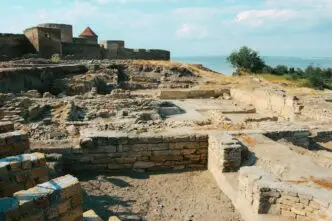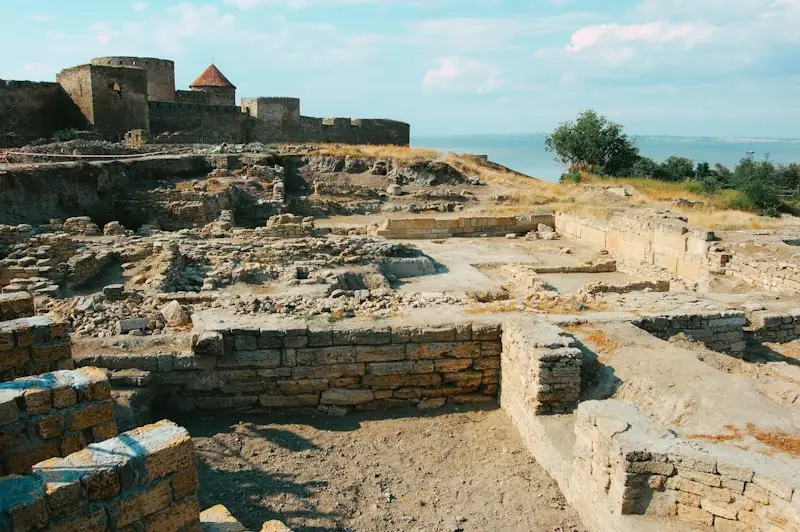Remarkable Discovery of Europe’s Oldest Jewish Ritual Bath in Ancient Roman City
In a significant archaeological breakthrough, a 1,600-year-old Jewish ritual bath, known as a mikveh, has been discovered in Ostia Antica, the archaeological site of an ancient Roman city. This discovery, made by a team of archaeologists from the University of Bologna and the University of Stanford, is considered to be the oldest Jewish Ritual bath in Europe.
Unearthed during a routine excavation, the mikveh is believed to date back to the 5th century AD, a period marking the decline of the Western Roman Empire. The finding provides evidence of the existence of a Jewish community in Ostia Antica during ancient times and sheds light on the Jewish practices and rituals during the Roman era.
Unraveling Historical Jewish Presence in Ostia Antica
The discovery of the ancient mikveh has sparked a renewed interest in the Jewish history of Ostia Antica. Historians and archaeologists have long speculated about the presence of a Jewish community in Ostia Antica, the ancient port of Rome, but until now, there was little tangible proof to substantiate these theories.
“This mikveh discovery is of immense importance as it confirms the existence of a well-organized Jewish community in Ostia Antica,” said Professor Brent Nongbri, a leading scholar in ancient history at the University of Bologna. He further explained, “The mikveh, a ritual bath used for purification purposes, is a distinctive feature of Jewish religious and communal life.”
The archaeologists discovered the mikveh in the courtyard of a building that was previously identified as a synagogue. The bath, complete with a staircase leading down into it, is carved from the local tuff, a type of rock composed of consolidated volcanic ash. The design and structure of the mikveh align well with other similar baths found in ancient Jewish communities.
Ancient Jewish Rituals and Practices
The mikveh is a significant part of Jewish religious practice. According to Jewish law, immersion in a mikveh is required for various reasons, including conversion to Judaism, after menstruation or childbirth for women, and before certain holidays. The discovery of the mikveh in Ostia Antica provides evidence of these practices being followed during the Roman era.
“The discovery of the mikveh is not just about understanding the Jewish community in Ostia Antica, but it also provides a window into the lives of Jews in Europe during the 5th century AD,” said Professor Ariella Goldstein from the University of Stanford. “This rare find helps to understand the Jewish practices of the time, and their interaction with the broader community under Roman rule.”
Implications of the Discovery
The discovery of the ancient mikveh has far-reaching implications for the understanding of Jewish history and the diaspora’s spread during ancient times. It provides tangible proof of a Jewish community’s existence in Ostia Antica during the 5th century AD, a time when Jewish communities were believed to have been scattered throughout Europe due to the fall of the Western Roman Empire.
For historians and archaeologists, this discovery provides a rich resource for further studies into the Jewish community’s life during this period, the religious practices they observed, and their relationship with the wider Roman society. The finding further enhances Ostia Antica’s status as one of Europe’s most important archaeological sites, offering valuable insights into life during the Roman era.
This discovery marks a significant milestone in the ongoing efforts to unravel the multifaceted history of the ancient Roman city of Ostia Antica. As researchers continue to excavate and study the site, it is expected that more fascinating insights into the lives and cultures of its ancient inhabitants will be revealed.















